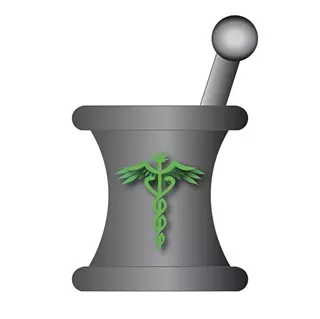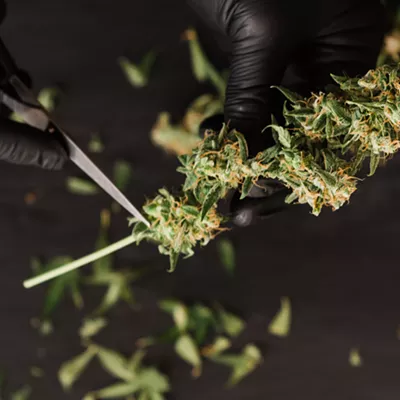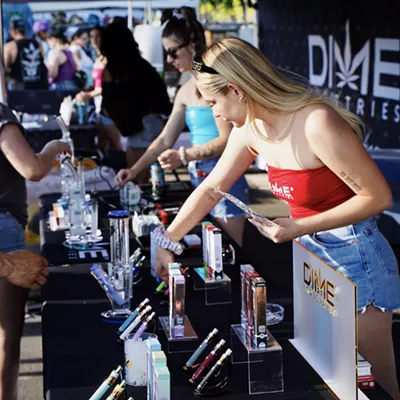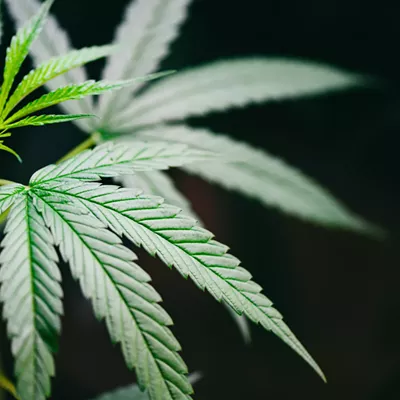If you build it they will come. Maybe.
Back in the day (the day being late 2010), when a functional medical cannabis program was a gleam in our collective eye, there was hope spilling all over the ground where medical cannabis was concerned. There was hope that we would quickly have that functional system. Hope that dispensaries and patients would soon be trading green for green. Hope that a thriving cannabis economy would spring to life across the state, leaving relief and comfort in its wake. Or not.
A state report updated March 22 by the Arizona Department of Health Services shows that the dispensary system isn't taking shape quite as fast as many had hoped.
More than a year after publishing the program's rules, DHS has authorized opening just 11 of a potential 120-plus dispensaries, in Page, Bullhead City, Williams, Glendale (two), Eloy, Tucson (three), Willcox and Bisbee. It's unclear how many of those have opened because the state doesn't give that information. But two are open in Tucson—The Green Halo, 7710 S. Wilmot Road, and Southern Arizona Integrated Therapies, 112 S. Kolb Road. One in north-central Tucson has been cleared to open but hasn't yet, and a fourth is gearing up to open at 8060 E. 22nd St., although the state has yet to give it clearance.
The Desert Bloom Releaf Center expects to open this spring, according to an email from Aari Ruben, who got the Dispensary Registration Certificate for the zone that stretches from Tucson east to the Cochise County line.
The latest patient report from DHS, released March 12, shows there are roughly 38,000 Arizona medical marijuana patients statewide. Of those, just under 10 percent—about 3,600—are in the Tucson metro area. There are 10 dispensary zones in and around Tucson, not counting outlying areas such as Green Valley and Oro Valley. The state has issued registration certificates for eight of those zones, meaning the operators have at least begun work toward opening.
That's a lot of cannabis vendors, IMO. Frankly, I'm skeptical that the market will support that many dispensaries.
It seems the expected flood of patients through dispensary doors has been more of a trickle. When Integrated Therapies opened in December, it was taking patients only by appointment. It was a way to manage the influx of patients and the limited supplies at the tiny dispensary. But two months after it opened, the dispensary was welcoming walk-ins and staff hours had been cut.
The bottom line is that dispensaries are expensive, and that alone will keep patients away in droves. I hear a lot of complaints about dispensary prices, which can easily be twice what caregivers charge. In fact, it's pretty much the only complaint.
Convenience is probably not enough to draw the number of patients these dispensaries will need to survive. It's nice to walk into a shop and pick and choose from a variety of meds, but the bottom line is often the bottom line. Caregivers here are taking somewhere in the neighborhood of $10 per gram to compensate for growing costs. That's half or less of what dispensaries can charge per gram.
So unless competition from all these shops drives prices down significantly, most MMJ patients will keep doing what they have always done—get meds from their friends. And until the state approves more dispensaries, we won't see that competition, so I guess we'll just have to hurry up and wait some more to see what happens.
Hmpf.








